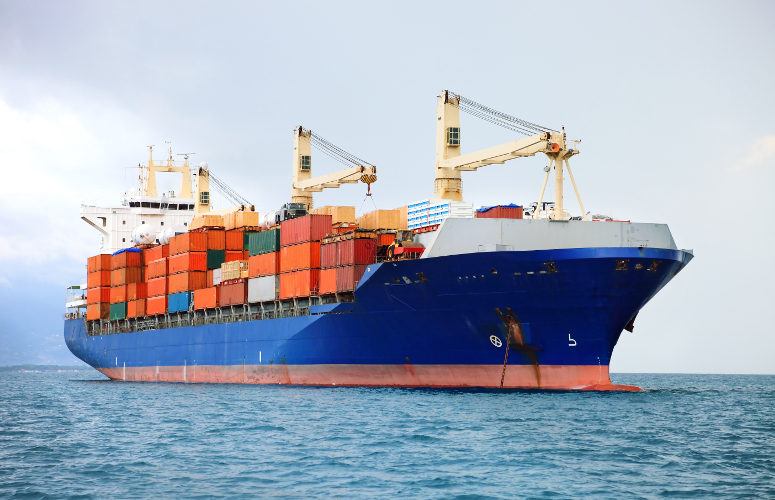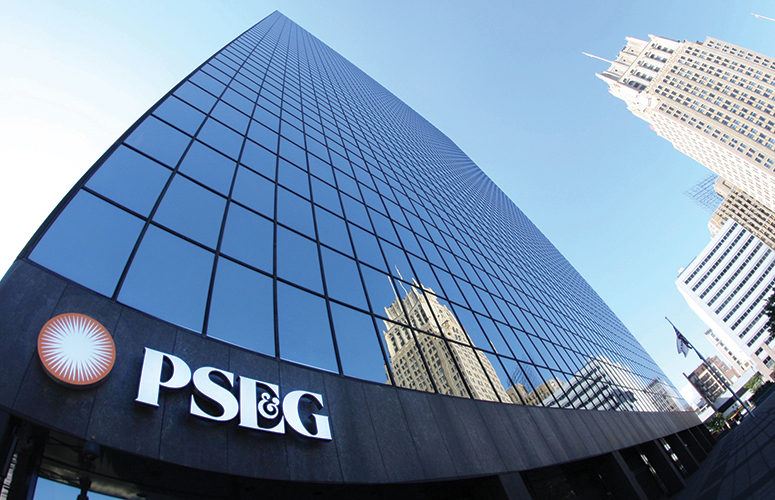
The Holidays Come Early to the Seaport, Right on Time
By Amanda Kwan, Media Relations staff, The Port Authority of New York & New Jersey On Oct 19, 2021Some people find it perplexing and anxiety-inducing to see holiday décor in stores before Halloween has arrived. At the Port of New York and New Jersey, it’s a sure sign that things have been going right.
Amid global supply line challenges leading to massive backlogs at some ports, and headlines asking “Can Christmas be saved?,” the Port of New York and New Jersey reality is that holiday and other winter goods have been arriving at the seaport since May. Traditionally, cargo volume peaks around August when the most of holiday merchandise destined for Black Friday sales arrive at container terminals in the New York and New Jersey area.
This year, that annual surge in cargo coincided with a yearlong trend of increasing consumer demand for goods, resulting in record seaport activity for ports nationwide – prompting some of the long lines of ships waiting to dock elsewhere on the West Coast and along the lower Atlantic Coast, where President Biden has intervened to try and break the logjam.
That isn’t the case at the port here, where container ships and their cargo are moving through swiftly and efficiently — as they have throughout the pandemic — to keep the region supplied with food, medicine, personal protective equipment and stock for store shelves along the Northeast. Since the start of 2021, container ships waiting for a spot to dock have numbered a handful at the most, with the wait time for each ship averaging less than two days, despite the record-setting highs in cargo activity for the past consecutive 13 months.
“We are doing as much as we can portside to keep operations running smoothly, from constant communications with our port stakeholders such as the trucking industry, the logistics services, warehousing industry representatives and container terminal operators,” said Sam Ruda, director of the Port Department at the Port Authority of New York and New Jersey, which operates the seaport.
August 2021 was the third-busiest month since the port began tracking cargo activity. More than 780,000 TEUs (20-foot equivalent units) moved through in August, which was up 2.9 percent from a record-breaking July. And within that milestone was another record at the port: during a visit in early August, the 16,000 TEU-capacity container ship CMA CGM JULES VERNE moved more than 11,000 of those units in the largest amount of cargo to be unloaded and loaded from a single vessel at the seaport.
Since the recovery of cargo activity in mid-2020, the seaport has seen a rate of growth that it previously forecast would not occur until 2026-2027, which was an estimate based on several factors including regional population growth.
Traditionally, activity at the port ramps up in the summer as factories overseas begin shipping products for sale during the Christmas holiday season. “If a product isn’t at the port by now or moved through here already, it’s not going to be available for sale at Christmas,” Rooney said.
Due to the COVID-19 pandemic, during which homebound customers discovered the ease of online shopping and the joy of retail therapy, goods coming through the port have skyrocketed. So far, the port has hit 13 straight months of record high cargo volume as if Christmas came in August 2020 and never left. To keep up with demand at the East Coast’s largest port – and the first port of call for 76 percent of arriving container vessels – ocean carriers are using larger vessels that carry more shipping containers, adding new routes and increasing the frequency of service on certain routes. More than 355 container ships with capacity larger than 9,000 TEUs called at the port through August 2021, up from 275 over the same period in 2019.
Additionally, ocean carriers added five new services to the seaport since April and amended three existing routes to meet demand, including a new weekly service between Taipei and the U.S. East Coast that calls on the port’s Staten Island facility.
With this burst of growth, the port is handling additional capacity by working hand in hand with its partners in the supply chain and logistics industry. One misstep in that chain can send a ripple effect up and down, whether it’s too many shipping containers not moving out of the port in time to make room for an incoming cargo ship, or not enough truck drivers to pick up or drop off containers, or lack of retailer warehouse space to store newly arrived goods. Another possible factor: periodic, unplanned factory shutdowns abroad due to COVID-19 outbreaks from the Delta variant, which could lead to dips in production for overseas markets.
The close coordination has led to extended container terminal operational hours, so that truck drivers can access the terminals for longer periods during the workweek or on weekends, although they still must follow federal freight and trucking hours of service regulations which caps work hours to 14 (10 hours if driving) with a mandated 10-hour break. Cargo loading and unloading of ships continue around-the-clock from arrival to departure at the port’s container terminals. All links in the regional supply chain are working together to keep the seaport operational and fluid, and the Christmas décor for sale in stores in October reflects that success.
To access more business news, visit NJB News Now.
Related Articles:





